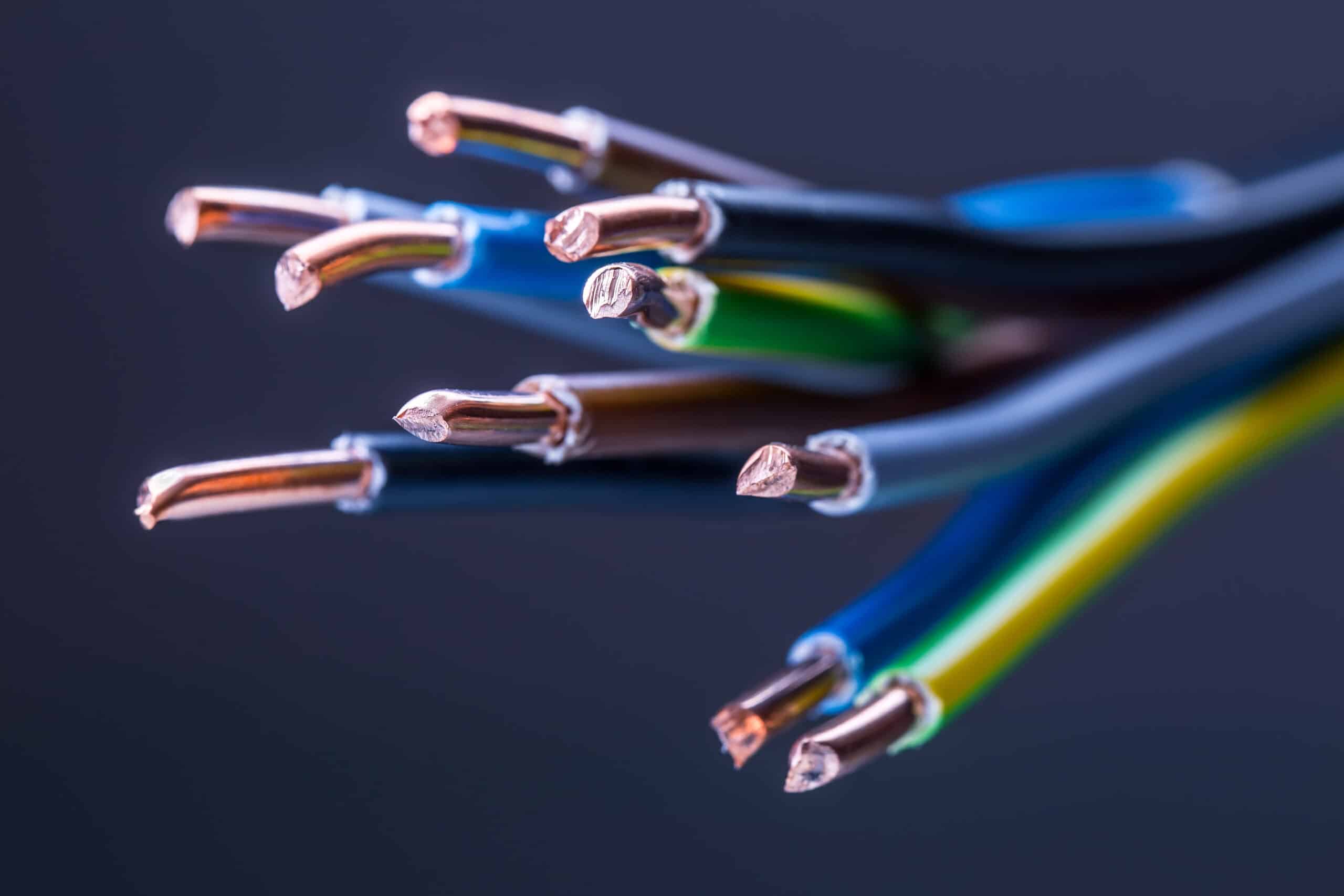Cables, the unsung heroes of connectivity, transmit data, power, and signals between devices. They come in various types, from USB and HDMI to Ethernet and fiber optic, enabling seamless communication and information transfer.
Specifications
Primary Function
Data Transmission: Cables are essential for transferring data between devices, allowing file sharing, internet access, and device communication.
Power Supply: Many cables also provide power, charging devices such as smartphones, laptops, and electronic gadgets.
Signal Transfer: Cables like HDMI and fiber optic are used for transferring high-quality video and audio signals, enabling clear and precise communication between devices.
Types of Cables
USB (Universal Serial Bus): Used for data transfer and charging, USB cables come in various versions such as USB-A, USB-B, USB-C, and Micro-USB, each offering different speeds and power handling capabilities. USB-C, in particular, is known for its reversible design and fast data transfer rates.
HDMI (High-Definition Multimedia Interface): Used for transmitting high-definition video and audio signals between devices like TVs, computers, and gaming consoles, HDMI cables support high resolutions (up to 4K and beyond) and multi-channel audio.
Ethernet: These cables are designed for networking, providing stable internet and local area network (LAN) connections. Cat 5e, Cat 6, and Cat 7 are common types, with Cat 6 supporting higher data transfer speeds and longer distances.
Fiber Optic: Using light signals instead of electrical ones, fiber optic cables offer extremely fast data transmission over long distances without signal degradation. They are often used for high-speed internet and telecommunication networks.
Key Features and Performance
Data Transfer Speed: The speed at which data is transmitted through a cable is one of the most important factors. For example, USB 3.0 and USB-C cables offer high-speed data transfers up to 5 Gbps and 10 Gbps, respectively. Fiber optic cables can achieve speeds of up to 100 Gbps or more.
Power Delivery: Many cables also support Power Delivery (PD), enabling faster charging of devices. USB-C cables, for example, can deliver up to 100W of power, making them suitable for charging laptops and other power-hungry devices.
Build and Durability
Material Quality: Cables come in various materials, such as copper, aluminum, and optical fibers, which affect their performance, speed, and durability. For example, gold-plated connectors are often used to reduce signal loss and improve durability in HDMI and USB cables.
Braided Cables: Some cables feature a braided exterior for extra durability, protecting them from wear and tear and making them more resistant to tangling.
Shielding: Cables with shielding are designed to prevent electromagnetic interference (EMI) that could degrade signal quality, especially in high-speed cables like Ethernet and fiber optic.
Compatibility and Versatility
Cross-Platform Use: Cables are widely compatible across different devices and platforms. For example, USB cables can connect smartphones, tablets, and external drives to computers, while HDMI cables work with a range of audiovisual equipment.
Multi-Purpose: Many cables, like USB-C, are versatile and can serve multiple functions, including data transfer, power delivery, and audio/video output, reducing the need for multiple cables.
Cable Length and Flexibility
Standard Lengths: Cables are available in a range of lengths, typically from 3 feet to 15 feet or more, depending on the intended use. The length should be chosen based on the distance between devices to avoid signal loss or interference.
Flexible and Tangle-Free: Some cables are designed with a flexible construction that allows for easy handling and storage. Tangle-free cables with flat or braided designs are especially popular for reducing mess and wear.
Applications and Use Cases
Home Entertainment: Cables are essential for connecting TVs, sound systems, streaming devices, and gaming consoles, ensuring high-quality video and audio performance.
Networking: Ethernet cables are used for setting up internet connections, LAN networks, and Wi-Fi routers. Fiber optic cables are used in high-speed internet and telecommunications systems.
Mobile Devices: USB cables are commonly used for charging and syncing data between smartphones, tablets, and computers.
Computers and Peripherals: Cables connect monitors, keyboards, mice, printers, and external storage devices to computers, facilitating smooth data transfer and communication.
Key Considerations
Cable Quality: Always choose cables from reputable brands to ensure they meet performance standards, especially for high-speed applications like 4K video streaming or high-speed internet.
Durability: Opt for cables with durable materials and reinforced connectors if you need cables for heavy use or outdoor applications.
Future-Proofing: For devices with evolving technology (such as USB-C and Thunderbolt 3), investing in newer, future-proof cables ensures compatibility with the latest devices and high-speed data transfer.
